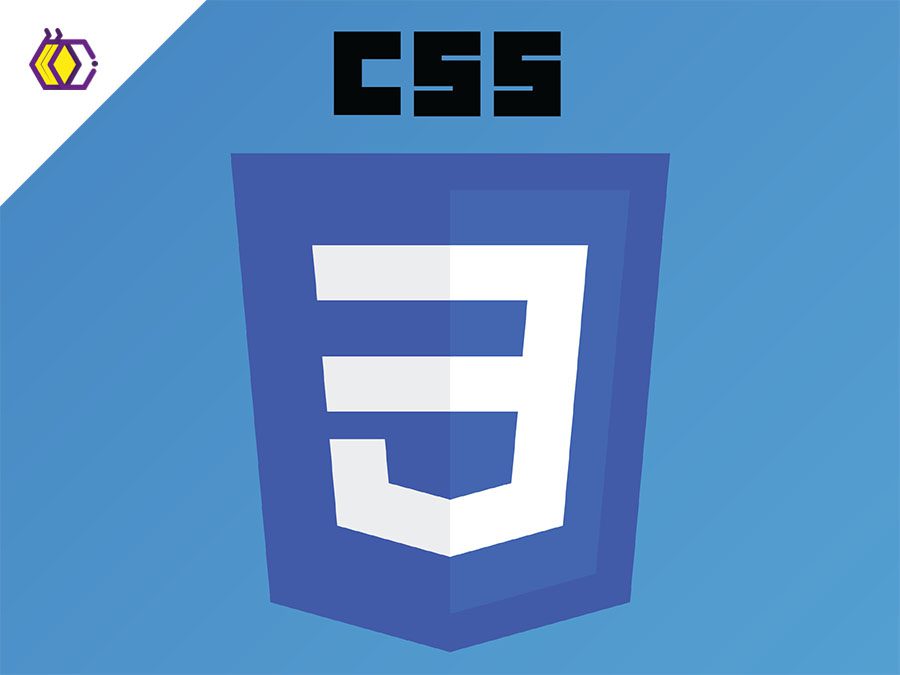

CSS
(6 minutes of reading time) CSS, Cascade Style Sheet, is not a programming language but a style sheet composed of layers and used to define the presentation (style) in web pages that adopt markup languages in their development, such as XML, HTML and XHTML. CSS defines how the elements contained in the code of a web page will be displayed and its biggest advantage is to separate the format and content of a document. Want to know more about it, come read our article today! WHAT IS CSS? CSS is a way of styling code created by languages such as HTML, XML, or XHTML. In a very simple way, CSS works as a personalization layer to the content that the user can see. Languages such as HTML, XML and XHTML were designed to be functional and, as they are markup, with the evolution of the internet they needed to be improved. So, CSS was created since HTML was not able to understand all the needs that a programmer had to create formatting standards on pages. CSS came as a solution to improve the aesthetics of websites. Through it, it is possible to separate content formats, as well as define how they will be displayed on each page. WHY WAS CSS CREATED? As we use the internet more and more every day, an evolution of programming resources was necessary since the internet pages were adopting more styles and variations to make them more attractive to users. In this way, simple markup languages such as HTML, which were intended to present content, also needed to be improved. Initially, the solution was to create tags and style attributes for HTML, so it started to perform both the function of structuring the content and presenting it to the end user. However, developers started to have problems with this, as there was no way to define a standard for all headers or content on various pages. That is, changes would have to be done manually. Thus, out of this difficulty, CSS was born. Initially it was developed to enable the separation of a document's content and format (in the formatting language used) from its presentation, including elements such as colors, font formats and layout. This separation provided greater flexibility and control in specifying how features will be displayed, allowing for shared formatting, and reducing repetition in the structural content of a page. In this way, markup languages began to once again exercise their function of marking and structuring the content of a page, while CSS is responsible for applying styles and appearance. And how does CSS do it? By creating an external file that contains all the rules applied and, with this, it is possible to make style changes on all pages of a site quickly and easily. CSS also allows the same markup on a page to be presented in different styles depending on the rendering methods, such as on a screen, print, via voice, based on tactile devices, etc. Most cascading menus, header, and footer styles on web pages, for example, are currently developed in CSS. HOW DOES CSS WORK? With CSS you can make quick layout changes, such as setting colors and fonts. This not only provides ease of customization, but also helps to decrease content repetition in the code structure. After all, if this type of configuration can be done in the style sheet, it wouldn't need to be repeated several times in the language itself. Now that you've understood how it came about and how it works, it's time to understand what CSS is for. Below, we list some points that make it essential in programming. - Creation of animations - they provide a more attractive user experience, compared to static pages, and deserve more attention in the execution of structures; - Creation of visual effects - overlays, like Parallax, create different layouts, with images that have depth, and become more pleasant for the experience; - Dynamic sites - another possibility created by CSS, allowing the creation of responsive pages, transitions, custom accounts and texts or boxes that change color according to navigation; - Landings pages - pages for capturing leads or visitor data that have prominent graphic components and data filling forms. CSS is responsible for this. ADVANTAGES OF CSS Here is a list of the advantages of using CSS: - Possibility of controlling the layout of several documents from a single CSS file; - Application of different layouts according to the device used, enabling responsive layout; - Possibility to keep the formatting in different browsers; - Application of more sophisticated development techniques; - Lower internet consumption and better performance due to the reuse of the same formatting code on several pages; - Simple and agile changes in the visual section of the page, without affecting the content of the file; - Cleaner and more organized codes, thanks to fewer attributes and properties; - Multifunctional style sheets. Did you like our content? Then follow us on social media for more information and follow our blog.
Share this article on your social networks:
Rate this article:
[yasr_visitor_votes size=”medium”]



